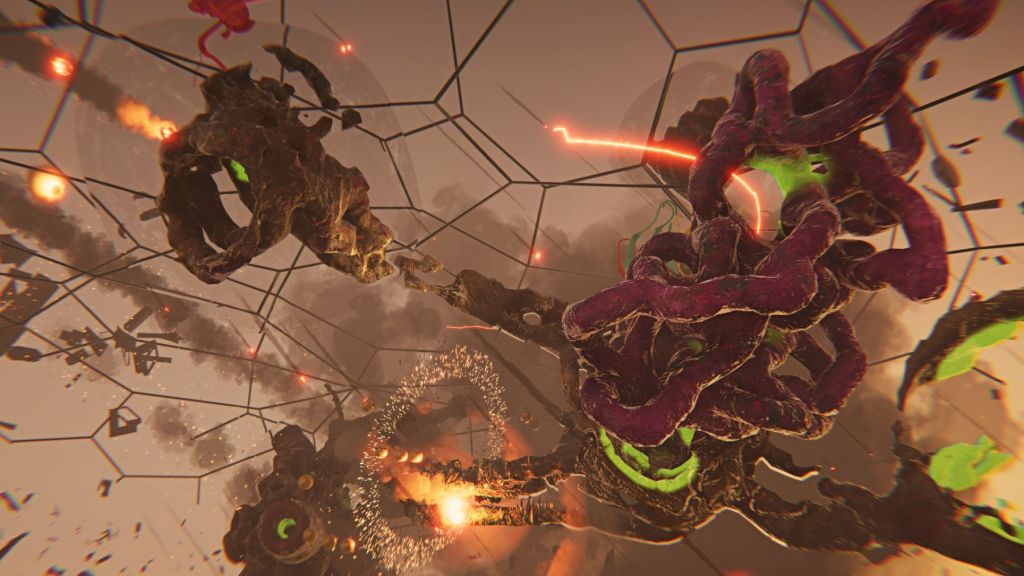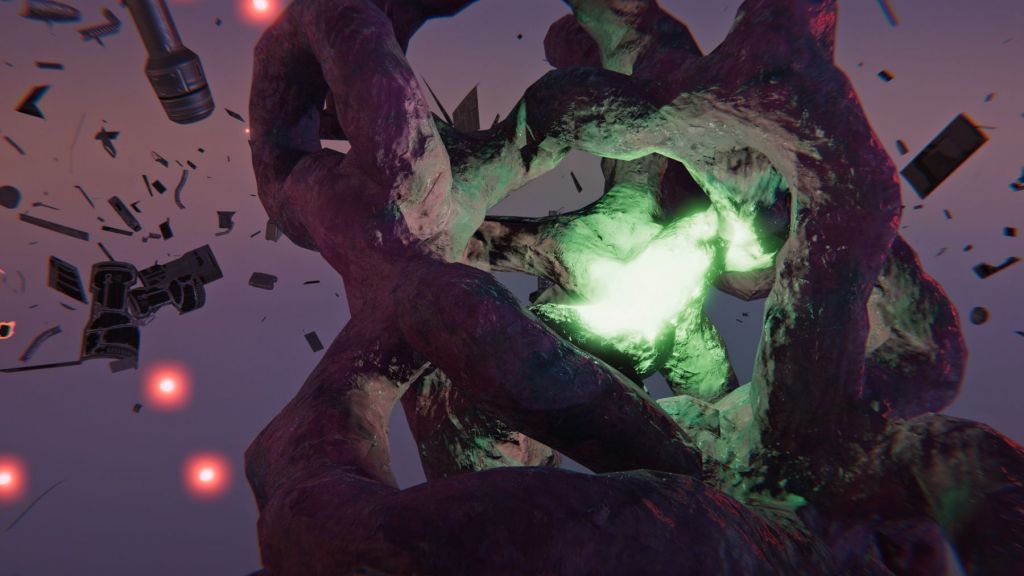Text by Meritxell Rosell

Exoplanets (per definition, those planets outside our solar system) have become a matter of scientific and general interest in the last few years again. With recent Physics, Cosmology and Astronomy discoveries, the insatiable curiosity of discovering novel life forms and the inexorable exhausting of Earth’s resources, old SciFi imaginations resurface in the quest for extraterrestrial planetary discovery. NASA and the European counterpart ESA and other main space agencies have long-running programmes for the discovery of exoplanets; As of late 2019, more than 4000 exoplanets have been confirmed.
As these discoveries permeate popular culture, artists and creatives reflect and interpret the meaning of these discoveries: the meaning of extraplanetary life, how to bright earthly life into exoplanets, the need to connect with extraterrestrial beings, reinterpreting the sounds of the universe, what would it be to make art while space travelling in zero gravity, the political implications of terraforming or just imagining these undiscovered planets.
One of these projects is Velocity Holomatrix Warp 7, a collaboration between experimental musician Sun Araw and digital artist Theo Triantafyllidis in the form of an hour-long interactive experience. VHW7 is an explorable digital environment that is reacting in real-time to an improvised score, a virtual magical treasure hunt of audiovisual delicacies.
Through common friends, the artists got in touch and started exploring ways to present the score in an interactive format. The recording was from a live session Sun Araw did with Polish double-bassist Tomo Jacobson at CPN Vinter Jazz Fest in 2017 and had an improvisational and spatial quality to it. For me, – Triantafyllidis shares- it was an interesting challenge to respond to it visually and mostly to design an experience that complements its tone while avoiding the video game trope of the “Walking Simulator.
With a shared interest in outer space and the open question of its exploration and potential lifeforms, the artists found themselves trying to veer off from the idea of a flat earth terrain. Triantafyllidis sculpted this more complex geometry and started wondering why planets are always spherical. He found out that it is thought [though not “known] that planets must be spherical due to the force of gravity that begins to consolidate their mass and cause their formation. However, new investigations of exoplanets and planetoid formations have revealed that some planetoids can sustain highly irregular shapes while still developing primitive atmospheres and magnetospheres just before they become large enough to be crushed into spheres by their own gravity.
These irregular planetoids have become highly sought-after galactic objects for study. While there is still no definitive evidence, it seems more and more likely that many of these stellar objects might actually have been crafted, sculpted, and even “arranged” intentionally by highly skilled ancient civilizations, in much the same spirit as the ancient tradition of bonsai here on Earth.
Some of these dwarf planetoids show such a complexity of gravitational geometry and electromagnetic balance that it is highly unlikely that they could have been the product of purely natural forces. Indeed, many of them seem highly “sculpted,” almost as if challenging the limits of complexity while remaining cosmically stable. Besides, some arrangements of strange flora (both vascular and fungal) are so deftly and artfully composed that it is highly improbable they could be naturally occurring. The artists were very intrigued by this idea of a bonsai planet.
For the project, they imagined VHW7, a recently discovered planetoid in this tradition that shows convincing evidence of being just such an alien bonsai sculpture. While almost nothing is known about technologies capable of such feats (or civilizations that could have created such technologies), it is becoming hard to ignore the evidence that such civilizations have existed. The extreme age of VHW7 and its ability to hold its intricate sculptural form for millennia against the magnetic and gravitational tides of its home system suggest an incredible and ancient skill currently lost to the sentient species of the Universe as we know it.

Triantafyllidis shares that the planet’s terrain was sculpted in Virtual Reality, and he tried to form it into something delicate and fragile, even unstable. It also perhaps looks like a rhizome or a network since it is a series of points of interest connected with bridge-like landmasses. Then they decided to populate this planet with various life forms that range from microscopic and fungal to some more recognizable objects of unknown origins.
The scale is intentionally ambiguous as to if this could be of planetary scale or a microscopic speck of dust floating in space. The designer also shares he has been reading a lot about Mycorrhizal Networks, Terraforming and Geoengineering lately, but he likes to think of this project as more speculative.: It’s interesting to think how science fiction is always grounded in human culture and scientific research happening on Earth and how sometimes our imagination has a hard time completely disconnecting from what is around us. The inevitable fact of humanising or attributing recognisable attributes to almost everything humans can think of.
The program allows you to explore planetoid VHW7 and its many intricate ecosystems holographically: disorienting ionic bubbles, strange levitating mineral ore deposits, phosphorescent photonic anomalies, and phenomena even stranger. In order to give a further sense of its formation and the delicate balance of forces that hold it together, algorithms have been created to convert its magnetic, electric, and gravitational forces as audio, allowing you to “hear” the skilled and intricate sculptural work that shaped and maintains it. There is no real-world data involved in this, but rather a score that is used to guide the player’s interaction and an environment that is reacting to the music in real-time, by analyzing its waveforms to drive different elements.
There is a common thread between Sun Araw’s musical compositions and approach to making music and the way Triantafyllidis makes software and art, both like to create living interconnected systems and then perform in them and hope this immersive experience will create a greater appreciation for these ancient cosmic artworks, and help to preserve their legacy for future millennia.






